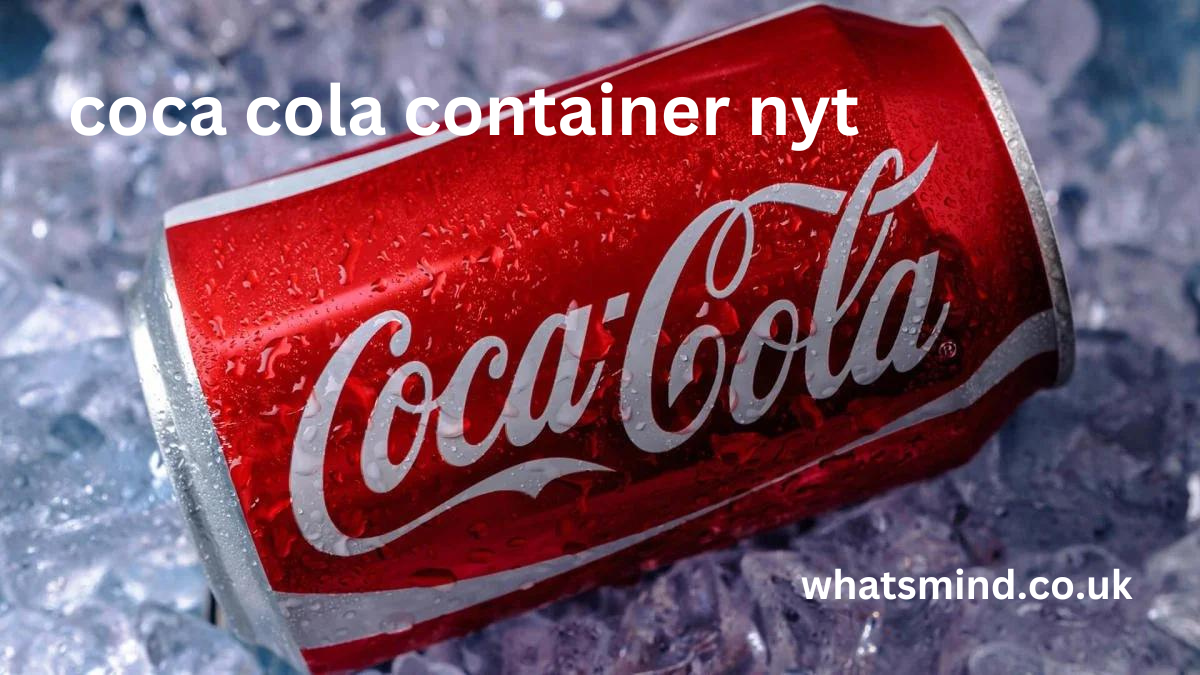In numerous industries—from manufacturing and healthcare to scientific research—accuracy and precision are paramount. Central to ensuring these qualities is the process known as kalibraatio. Derived from the Finnish term for calibration, kalibraatio is fundamental for maintaining measurement reliability, product quality, and regulatory compliance. This article explores what kalibraatio entails, its importance across various sectors, best practices, and its role in upholding high standards of accuracy.
What is Kalibraatio?
Kalibraatio (calibration) is the process of configuring an instrument or measurement system to provide results within an acceptable range. It involves comparing a device’s output with a standard known to be accurate and adjusting it if necessary. The goal is to ensure that the measurement tool’s readings are consistent with a recognized standard, thereby verifying the device’s accuracy.
For example, a digital thermometer must be calibrated against a known temperature standard to ensure it reports correct temperatures. Without proper kalibraatio, measurements can become unreliable, leading to errors, product defects, or even safety hazards.
Why is Kalibraatio Important?
1. Ensuring Measurement Accuracy
The primary purpose of kalibraatio is to guarantee measurement precision. Accurate data is vital for decision-making, quality control, and maintaining safety standards. Whether measuring chemical concentrations, dimensions, or pressures, calibrated instruments help avoid costly mistakes.
2. Compliance with Regulations
Many industries are governed by strict regulations requiring regular calibration of equipment. For instance, pharmaceutical companies, food producers, and automotive manufacturers must adhere to international standards (like ISO) that mandate kalibraatio to meet safety and quality criteria.
3. Maintaining Product Quality
In manufacturing, inconsistent measurements can lead to defective products or non-conformance to specifications. Regular kalibraatio ensures that all equipment operates within defined parameters, helping maintain high-quality output.
4. Cost Savings
Detecting and correcting measurement errors early in the process prevents costly rework, product recalls, or compliance penalties. Proper calibration reduces waste and improves operational efficiency.
5. Ensuring Safety
In sectors like healthcare, aerospace, and energy, accurate measurements are essential for safety. Faulty equipment that is improperly calibrated can cause accidents or hazardous situations.
The Kalibraatio Process
Kalibraatio involves several key steps:
1. Selection of Standard
The first step is choosing a reference standard with a known, traceable value. This standard must be more accurate than the device being calibrated.
2. Measurement and Comparison
The device under calibration is used to measure the standard. Comparing the readings reveals whether the device is within acceptable limits.
3. Adjustment
If discrepancies are detected, adjustments are made to align the device’s output with the standard.
4. Documentation
All calibration activities should be documented meticulously, noting the date, results, adjustments, and calibration expiry date. Proper documentation ensures traceability and compliance.
5. Recalibration
Regular recalibration is essential because environmental factors, wear, and aging can affect instrument accuracy over time.
Best Practices in Kalibraatio
- Schedule Regular Calibrations: Establish calibration intervals based on usage, environmental conditions, and manufacturer recommendations.
- Use Certified Standards: Always calibrate using standards traceable to national or international measurement standards.
- Maintain Proper Records: Keep detailed logs of calibration activities, results, and corrective actions.
- Train Personnel: Ensure staff responsible for calibration are knowledgeable about procedures and standards.
- Preventive Maintenance: Combine calibration with routine maintenance to prolong equipment lifespan and reliability.
Challenges in Kalibraatio
Despite its importance, several challenges can hinder effective kalibraatio:
- Availability of Standards: High-quality calibration standards can be expensive or difficult to procure.
- Environmental Factors: Temperature, humidity, and vibration can affect calibration accuracy.
- Equipment Aging: Over time, even well-calibrated instruments can drift from their original accuracy.
- Human Error: Incorrect calibration procedures can lead to false readings or improper adjustments.
Addressing these challenges requires a proactive approach, including staff training, environmental controls, and reliable calibration schedules.
The Role of Technology in Modern Kalibraatio
Advancements in technology have streamlined calibration processes:
- Automated Calibration Systems: These systems reduce human error and increase repeatability.
- Digital Calibration Software: Ensures precise documentation and traceability.
- Remote Monitoring: Enables continuous calibration checks and early detection of drift.
- Standard Traceability: Enhanced standards and calibration certificates promote trust in measurements across industries.
Real-World Applications of Kalibraatio
Healthcare
In hospitals, calibration of medical devices like blood pressure monitors, X-ray machines, and lab analyzers ensures patient safety and accurate diagnostics.
Manufacturing
Automated assembly lines depend on precisely calibrated machines to produce consistent parts, minimizing defects and waste.
Scientific Research
Accurate calibration underpins valid experimental results, ensuring reproducibility and credibility in scientific studies.
Environmental Monitoring
Calibrated sensors monitor air and water quality, providing reliable data for health and safety regulations.
Conclusion
Kalibraatio is more than just a technical process; it’s a critical component of quality assurance, safety, and operational efficiency across numerous industries. Proper calibration ensures measurement accuracy, regulatory compliance, and optimal product quality, ultimately safeguarding public health and fostering trust in products and services.
In an increasingly precise world, neglecting kalibraatio can lead to costly errors, safety risks, and non-compliance penalties. Therefore, organizations must prioritize regular calibration routines, use reliable standards, and stay informed about technological advances that improve calibration processes. By doing so, they reinforce their commitment to excellence, reliability, and safety—values that are indispensable in today’s competitive landscape.


